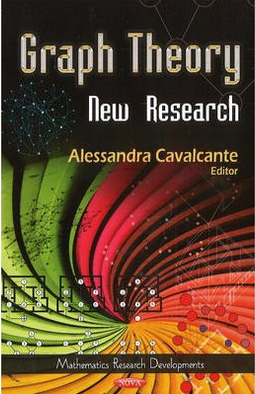
Graph Theory: New Research
[Book Description]
Graphs can be used to model many types of relations and process dynamics in physical, biological, social and information systems. Many practical problems can be represented by graphs. In this book, the authors present new research on graph theory including the applications of graph theory in architectural analysis; Miesian intersections and comparing and evaluating graph theory approaches to architectural spatial analysis; the algebraic structure of graphs; the combination of graph theory and unsupervised learning applied to social data mining; organising and structuring the contents of mathematical subjects using graph theory; and a modularity-based filtering approach for network immunisation.
[Table of Contents]
Preface vii
Chapter 1 Applications of Graph Theory in 1 (36)
Architectural Analysis: Past, Present and
Future Research
Michael J. Dawes
Michael J. Ostwald
Chapter 2 Miesian Intersections: Comparing 37 (50)
and Evaluating Graph Theory Approaches to
Architectural Spatial Analysis
Michael J. Ostwald
Michael J. Dawes
Chapter 3 The Algebraic Structure of Graphs 87 (68)
Antonios Kalampakas
Vassilios Tsiantos
Chapter 4 The Combination of Graph Theory 155(30)
and Unsupervised Learning Applied to Social
Data Mining
Hector D. Menendez
Jose Luis Llorente
Chapter 5 About Organizing and Structuring 185(20)
the Contents of Mathematical Subjects Using
Graph Theory
Angelica Martinez-Zarzuelo
Eugenio Roanes-Lozano
Maria Jose Fernandez-Diaz
Chapter 6 A Modularity Based Filtering 205(20)
Approach for Network Immunization
Tetsuya Yoshida
Yuu Yamada
Index 225

 新书报道
新书报道